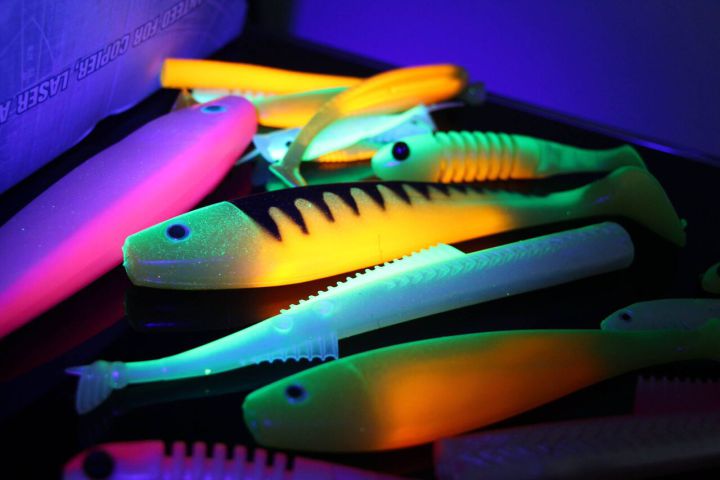
Recreational fishing: polymers on the first line
Nylon, the great revelation for fly fishermen
No hook without a line. That's the cardinal rule for fishermen working without nets. They can do without a rod, to do some trolling, but can never do without a line. Horse hair, linen, hemp, and silk thread in particular. Only the latter natural fibre still has fans among traditional fly fishermen, who also often use re-sawed bamboo rods. All other fishermen, regardless of the type of fishing activity, have turned to synthetics since the invention of the Nylon monofilament in the 50s – a novelty that was hailed as a revelation at the time.

Much more resistant than all of its predecessors, the thread breaks much less easily.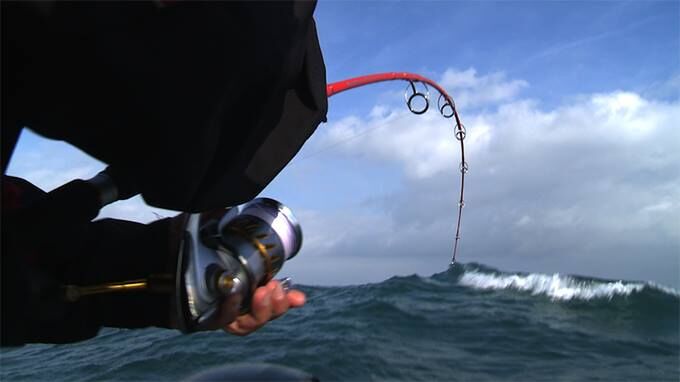 Being elastic, it also serves to compensate for a certain amount of clumsiness. However, experienced fishermen believe that the lack of rigidity can prove disadvantageous as regards detecting bites, at a distance or at depth, and catching them. All of which are situations in which nylon tends to sink too fast due its low density.
Being elastic, it also serves to compensate for a certain amount of clumsiness. However, experienced fishermen believe that the lack of rigidity can prove disadvantageous as regards detecting bites, at a distance or at depth, and catching them. All of which are situations in which nylon tends to sink too fast due its low density.
With the aim of correcting the polymer's sensitivity to UV rays, to stretching and abrasion, particularly in humid environments, manufacturers recently developed filaments strengthened and impregnated with silicone for improved gliding. All of these treatments have brought Nylon, which was originally cheap, in line with the performance and prices of recently-introduced synthetic fibres.
Polymers on all lines
The fishing world, eager as it is for new developments, could not be satisfied with a single polymer.  The first alternative that appeared in the 90s was the braid made up of several dozen very high density polyethylene microfilaments which is used to considerably increase the strength of the line body while reducing its diameter. For instance, braids measuring 23/100 mm in thickness are enough to provide a breaking strength of 25 kilos, while a reinforced polyamide requires a diameter of 70 or 80/100 mm. Thanks to its small diameter, the braid can be used to cast small lures at a fair distance. Its rigidity is also particularly valued on lures that immediately respond to the slightest touch. Much like hooks at the time of "setting", particularly at depth. Provided, that is, that you use a properly weighted braid or, even better, a braid treated with fluorocarbon to increase its low density and its resistance to abrasion.
The first alternative that appeared in the 90s was the braid made up of several dozen very high density polyethylene microfilaments which is used to considerably increase the strength of the line body while reducing its diameter. For instance, braids measuring 23/100 mm in thickness are enough to provide a breaking strength of 25 kilos, while a reinforced polyamide requires a diameter of 70 or 80/100 mm. Thanks to its small diameter, the braid can be used to cast small lures at a fair distance. Its rigidity is also particularly valued on lures that immediately respond to the slightest touch. Much like hooks at the time of "setting", particularly at depth. Provided, that is, that you use a properly weighted braid or, even better, a braid treated with fluorocarbon to increase its low density and its resistance to abrasion.
It is under this name that fishermen have been requesting the monofilament made from polyvinylidene fluoride (PVDF) for the past fifteen years, particularly for leader assemblies. Very resistant to breakage and abrasion, being both dense and rigid, it meets the many requirements for fishing at depth where it is almost invisible thanks to refractive index almost similar to that of water. In this register, only those fishing for large predators sometimes opt for Kevlar or hybrid threads made from a fluorocarbon core coated with a soft resin.
Rod moves for composites
Although fishing only requires a line most of the time, the rod makes the fisherman. As an extension of his movements, it is the expression of his favourite type of fishing. However, regardless of the technique, the main component remains the "blank", a more or less long rod with a handle at its base, as well as rings for lure fishing.
Since giving up bamboo or duralium and, more recently, fibreglass rods that were deemed to be too heavy, experienced fishermen did not long remain benightedly enthused with carbon fibre. In order to seduce the elite of the 25 million European practitioners fed up with composite rods often subcontracted to Asia, European brands are now competing with technological feats.
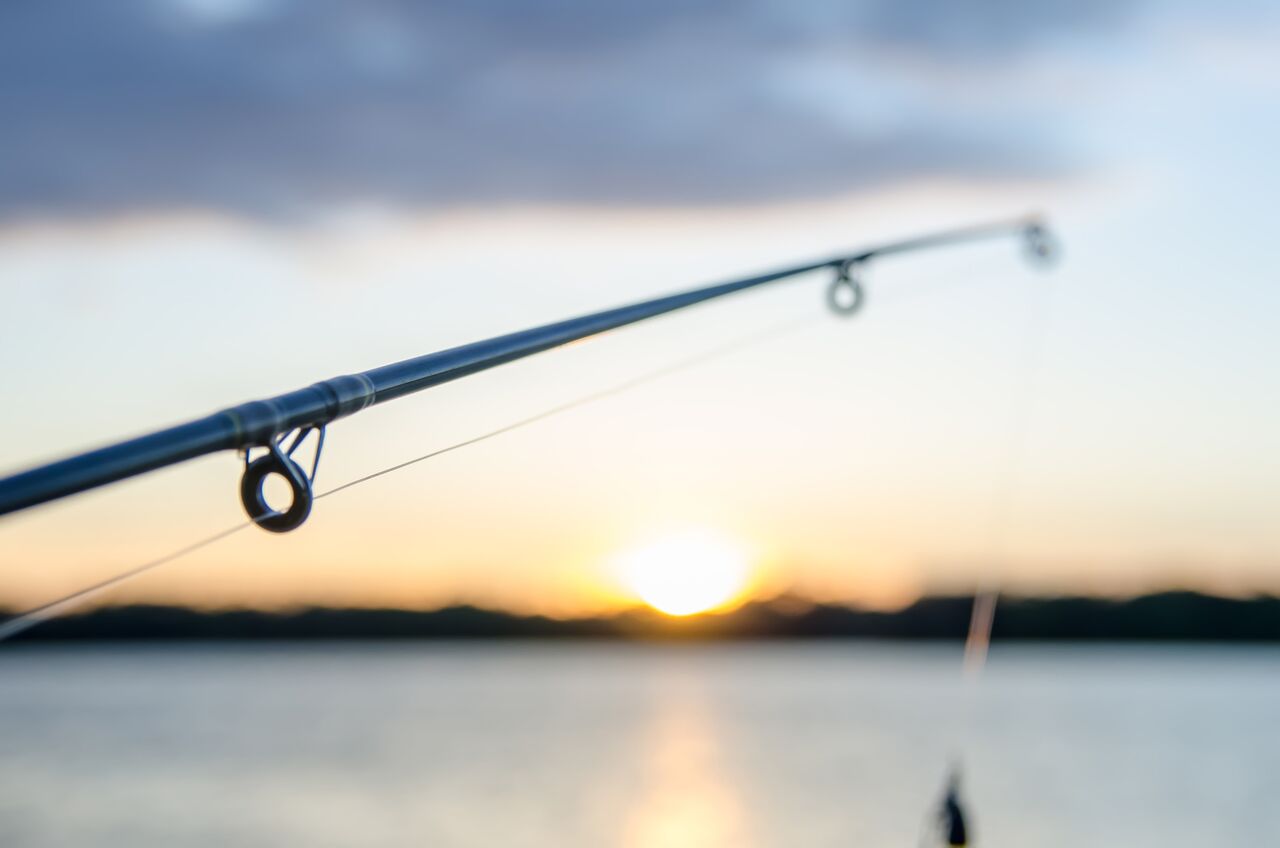
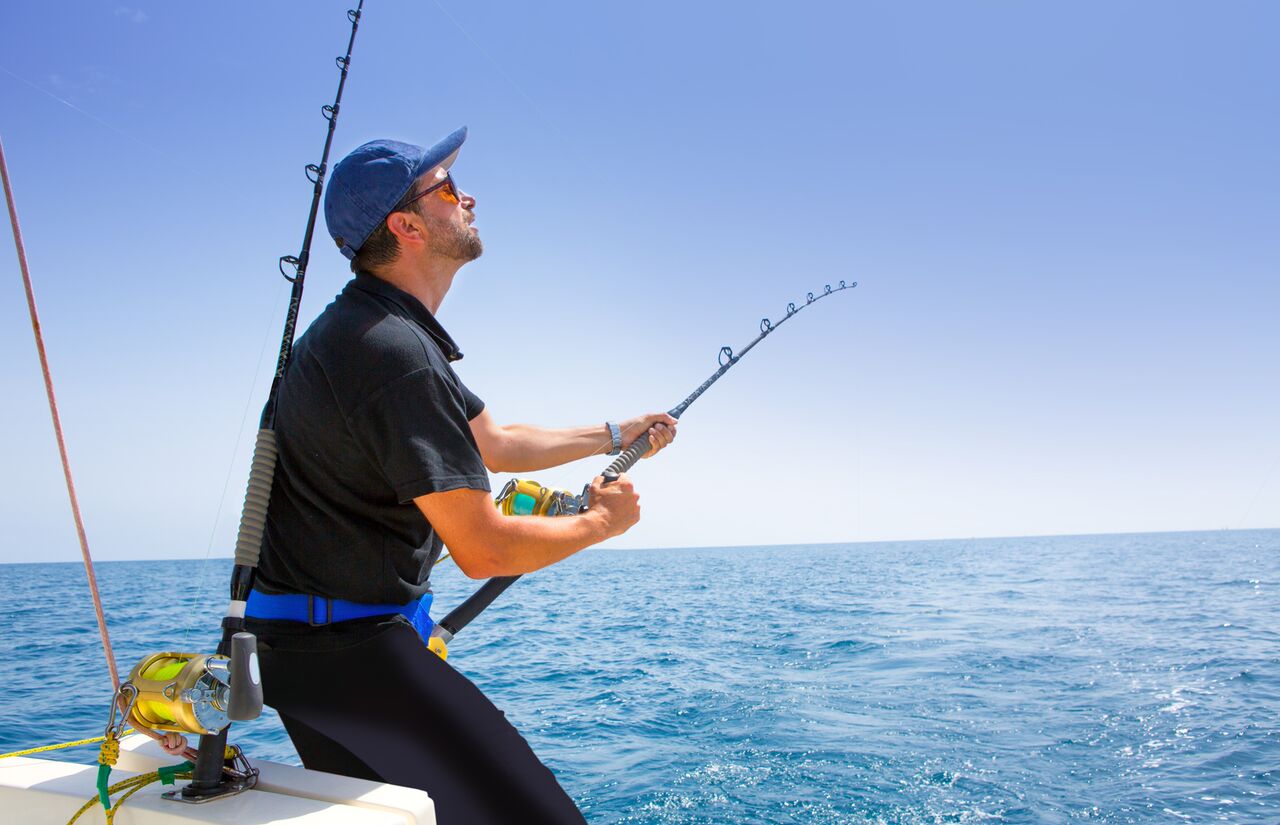 The relatively simple shape of the object is also conducive to this increased competition. It enables not one or two identical carbon reinforcements, but rather up to four or five crossed, longitudinal or oblique wefts around the mandrel corresponding to the future rod, before reinforcing the first tube with a spiral ring or crossed ligatures. As for resins, most manufacturers have opted for epoxies, although the most innovative are not afraid to use various formulations, including within a single product. The Italian Reglass company, for instance, integrates nanoparticles within certain impregnating resins in order to dampen the vibrations between the various layers of carbon, thus increasing the rod's reaction time when setting and during capture
The relatively simple shape of the object is also conducive to this increased competition. It enables not one or two identical carbon reinforcements, but rather up to four or five crossed, longitudinal or oblique wefts around the mandrel corresponding to the future rod, before reinforcing the first tube with a spiral ring or crossed ligatures. As for resins, most manufacturers have opted for epoxies, although the most innovative are not afraid to use various formulations, including within a single product. The Italian Reglass company, for instance, integrates nanoparticles within certain impregnating resins in order to dampen the vibrations between the various layers of carbon, thus increasing the rod's reaction time when setting and during capture
Carbon, the new lord of the rings
A crucial piece of equipment, the series of rings used on long rods (such as those used for surfcasting) also use the most sophisticated technologies. The rings serve several purposes: ensuring the interactions between the user and the prey are perfectly conveyed, distributing the efforts depending on the curvature of the rod, letting the line unfurl more easily while protecting it from abrasion, etc. la protégeant de l’abrasion…
la protégeant de l’abrasion…
For the past fifteen years, the high-end models in this regard were made from stainless steel or titanium structures with ceramic rings: aluminium oxide for the nylon, or silicon carbide for the braid.
In 2013, Japanese equipment manufacturer Daiwa merged the two into a single component, made from a carbon composite. The advantages of this approach include a reduction in weight compared to titanium, and increased resonance compared to ceramics, among others, and in particular smooth unwinding of the line, regardless of the type of thread used
Which plastic for which lure?"
All types of lures are used to mesmerise carnivorous fishes. However, for the benefit of fishermen who believe that the fish always end up recognising their tricks, lure manufacturers constantly expand their range. With this in mind, they offer swimmers and soft lures that are sometimes oddly shaped and very far removed from the principles of mimicry.
Hard resins, soft plastics, and polyurethane foam are just some of the wide range of variable density polymers used to create swimmers in various colours, shapes and with different hydrodynamic behaviour. The plastics can also be created to contain internal ball bearings that emit sound, transparent glitters and even attractive anise or crustacean aromas.

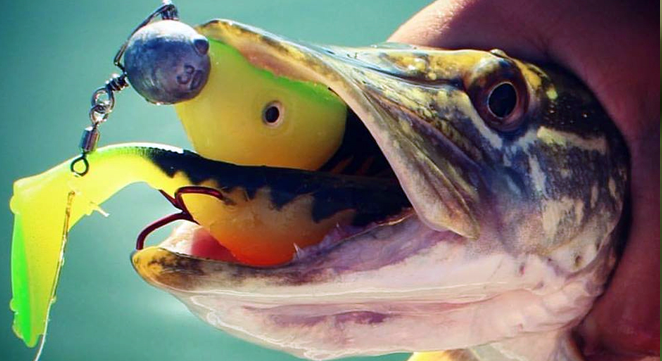 This wealth of creativity is not reserved just for professionals, artisans are celebrated for their know-how or reputed brands. Much like fly fishing enthusiasts, those who enjoy fishing enjoy creating their own lures. All the necessary equipment is available in specialised stores: moulds and resin plaster, adhesive fish eyes, pigments and aromas, silicon or PVC in paste form such as plastisol. They can then set about creating mouth-watering new fake species to catch carnivorous fishes.
This wealth of creativity is not reserved just for professionals, artisans are celebrated for their know-how or reputed brands. Much like fly fishing enthusiasts, those who enjoy fishing enjoy creating their own lures. All the necessary equipment is available in specialised stores: moulds and resin plaster, adhesive fish eyes, pigments and aromas, silicon or PVC in paste form such as plastisol. They can then set about creating mouth-watering new fake species to catch carnivorous fishes.





